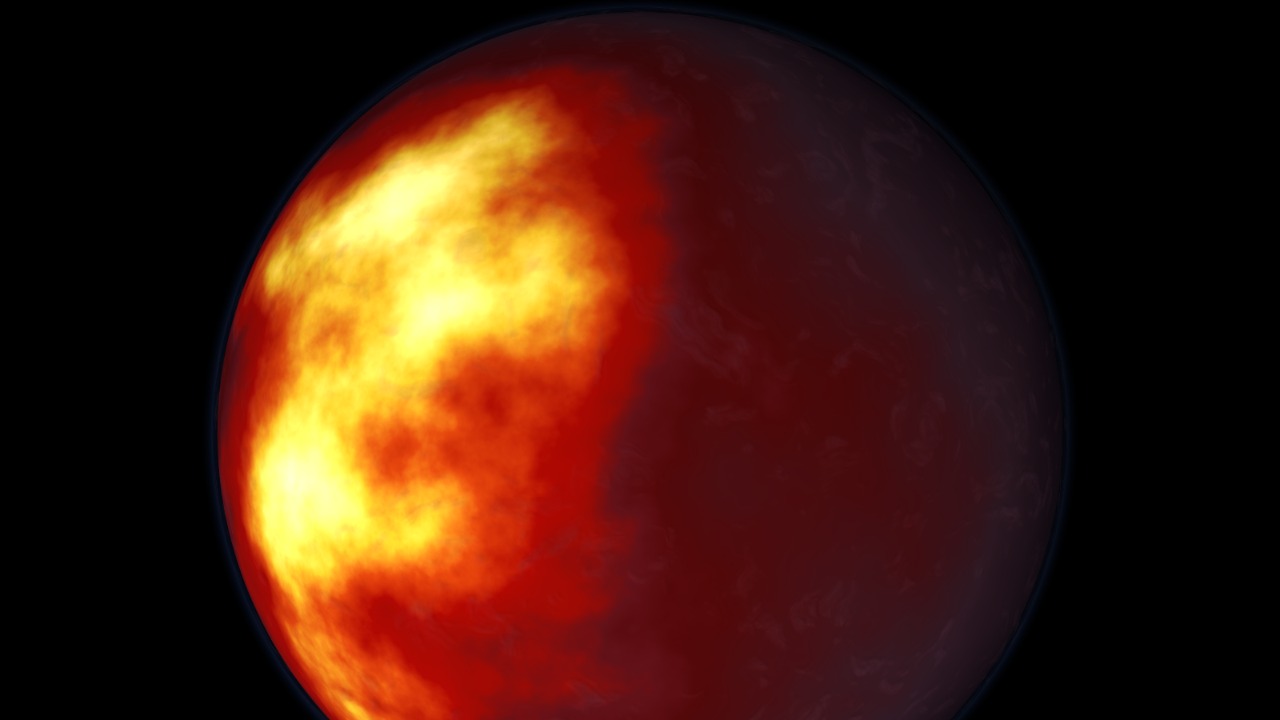
A groundbreaking study has unveiled a fiery, subterranean process that could explain the abundance of water across the solar system. This research, published on October 28, 2025, challenges long-held assumptions about the origins of planetary water, suggesting that it may not solely be delivered via comets or asteroids, but could also be generated through interactions between magma and hydrogen.
The Chemistry of Magma and Water Synthesis
The study delves into the basic chemical reactions where magma, rich in silicates and metals, reacts with hydrogen under high-pressure, high-temperature conditions to produce water molecules. Experimental simulations replicating early planetary interiors have shown how the infusion of hydrogen into molten rock leads to the hydration of minerals. This process is not random, but rather facilitated by specific elements like iron and silicon, which play a crucial role in catalyzing the formation of H2O from hydrogen gas and oxygen bound in magma.
Hydrogen’s Sourcing in Planetary Formation
Hydrogen, abundant in the primordial solar nebula, becomes incorporated into planetesimals during the solar system’s early accretion phase. Evidence from meteorites and lunar samples indicates that rocky bodies retain hydrogen despite volatile loss during formation. Isotopic analysis of hydrogen in planetary mantles reveals signatures of nebular origins rather than external delivery, suggesting that hydrogen was present from the very inception of these celestial bodies.
Magma Dynamics in Sub-Surface Environments
The behavior of magma oceans on young planets is another crucial aspect of this study. Here, convection and partial melting create ideal conditions for hydrogen-magma interactions. The pressure from overlying rock layers traps hydrogen, preventing its escape and enabling prolonged reactions. Geophysical models of Earth’s early Hadean eon illustrate magma’s role in concentrating water precursors deep within the planet, thereby setting the stage for the formation of vast bodies of water.
Quantifying Water Yields from These Processes
Estimates from thermodynamic modeling suggest that the volume of water produced could be equivalent to Earth’s current oceans from internal sources alone. The water generation rates vary across different planetary sizes, from terrestrial worlds to super-Earths, based on magma composition variations. However, uncertainties in yield calculations persist, such as temperature thresholds and hydrogen availability, which are being further explored through lab-based recreations.
Implications for Exoplanet Habitability
This mechanism significantly expands the potential for water-rich exoplanets in habitable zones, even without surface delivery from space. It has potential applications to observed exoplanets like those in the TRAPPIST-1 system, where internal water forging could sustain subsurface oceans. Future telescope observations, like those from the James Webb Space Telescope, could detect atmospheric water signatures linked to magmatic processes, thereby providing further evidence for this theory.
Connections to Earth’s Geological History
This process is also linked to Earth’s Archean era, where mantle convection and volcanism likely amplified water production and recycling. Geological evidence from zircon crystals dating back over 4 billion years shows early hydration of the crust via magma-hydrogen interactions. Even today, plate tectonics continues to influence water distribution through subduction zones that reintroduce hydrogen into the mantle, thereby perpetuating this cycle of water creation.
More from MorningOverview